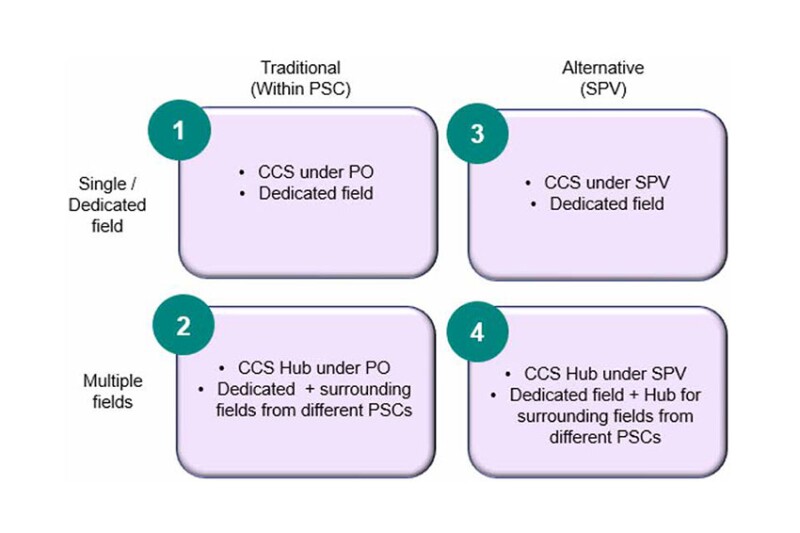High-CO2 gas fields present a problem to host governments wanting to both ensure security of supply and achieve net-zero aspirations. While carbon capture and storage (CCS) technology holds the promise of technical feasibility to unlock these fields, its commercial success ultimately hinges on the choice of an appropriate business model. This study compares the economics of the traditional business model [i.e., CCS as part of the upstream petroleum operation dedicated to a production sharing contract (PSC)] vs. the alternative business model [i.e., a regional CCS hub separately managed by a special-purpose vehicle (SPV)]. For simplicity, this paper uses the term CCS throughout, although the discussions apply equally well to carbon capture, usage, and storage projects.
Background
Gas Value Chain and the Cost of Gas (COG). With its higher development, transportation, and processing costs; longer and flatter production profile; and needs for network infrastructure, the economics of gas development is often less robust than that of oil.


